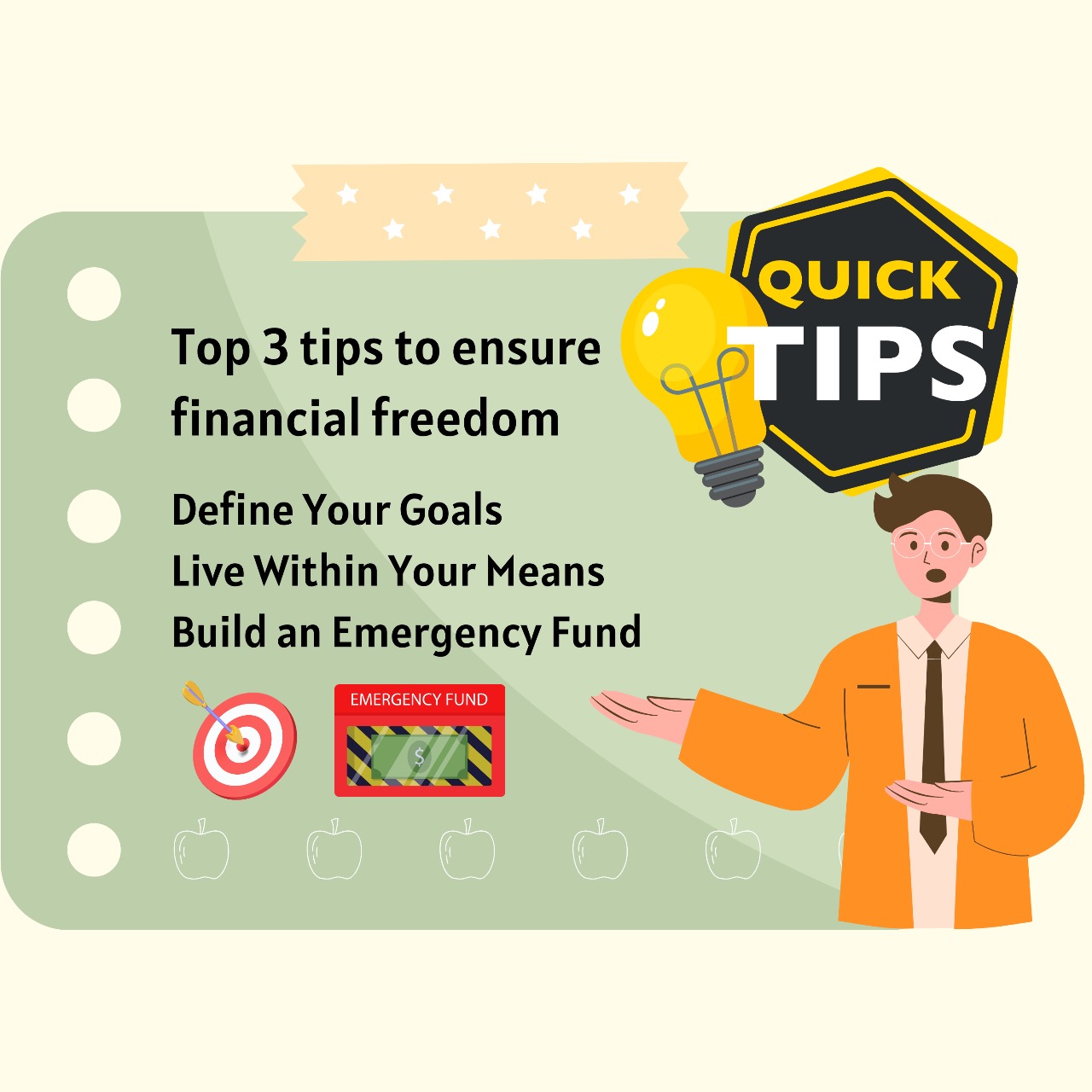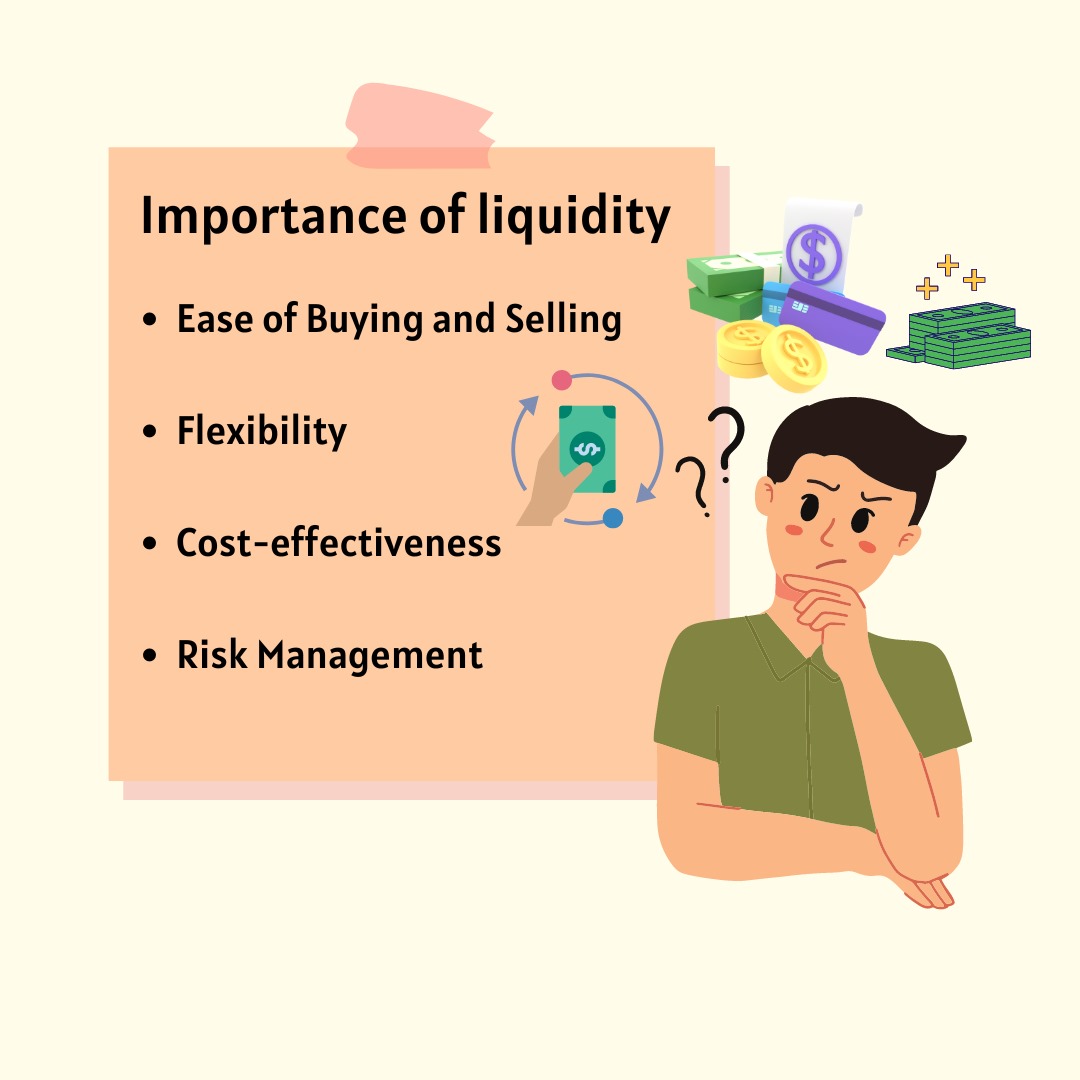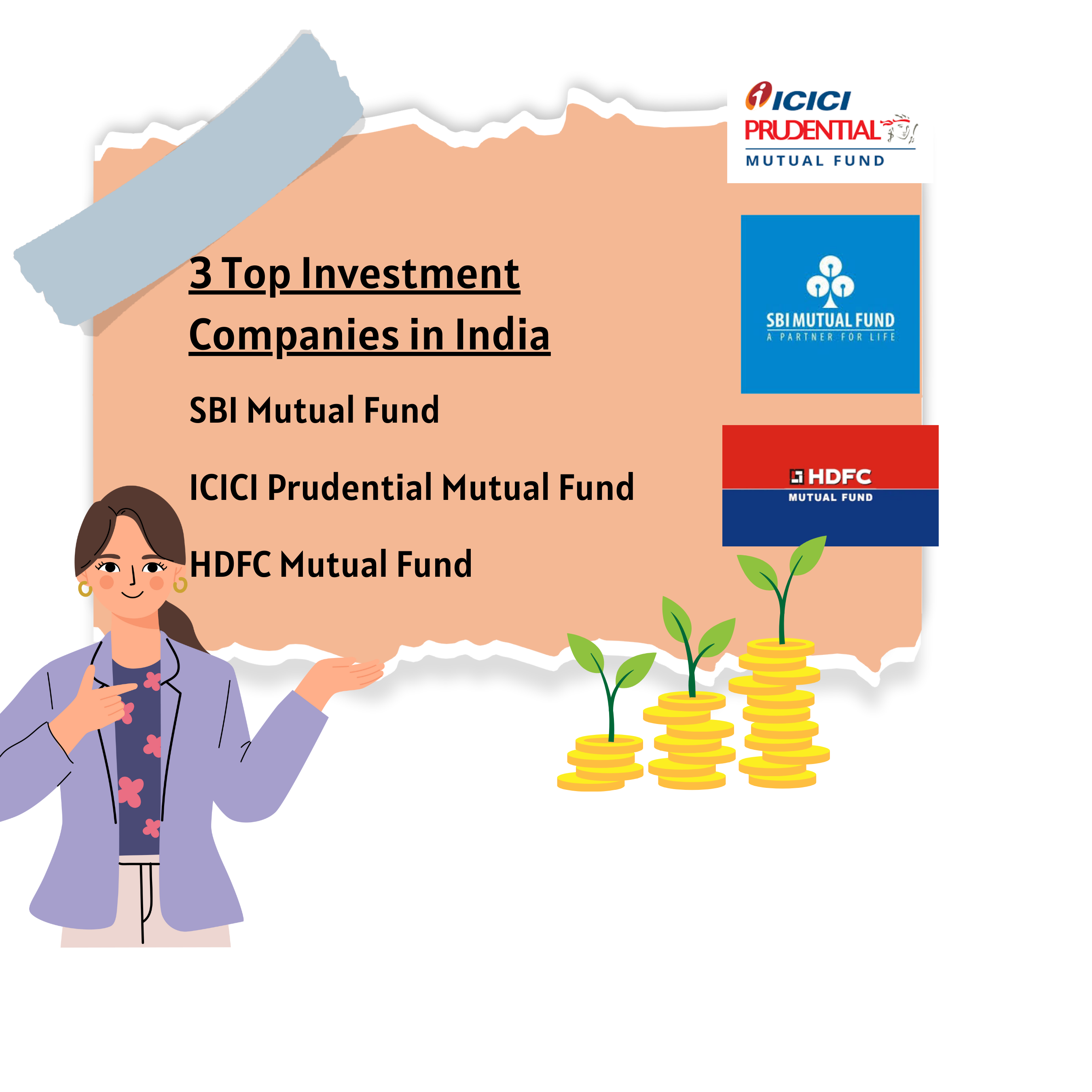Investing for Beginners: Learning ABCs of Investing From Scratch [Ultimate Guide]
![Investing for Beginners: Learning ABCs of Investing From Scratch [Ultimate Guide]](https://newscanvass.com/wp-content/uploads/2023/10/IMG-20231012-WA0033.jpg)
“Investing is only for the extremely smart or for the extremely rich,” “investing involves a lot of risk,” “it’s too late to start investing,” these are the voices that might stop you from making profits from investing.
It’s okay if as a beginner, you’re not well-versed with the know-how on investing. This shouldn’t stop you from wanting to take baby steps towards a brighter financial future.
To make your path towards investment smoother, we’ve brought to you a simple guide on investing for beginners in which you’ll get to know the following:
- The Asset Classes
- The Smart Investor’s Starting Point
- The Economic Weather Report and How It Affects Asset Classes
- Investment Wisdom
The Asset Classes To Understand Investing For Beginners
Investing for beginners can feel like being lost in a forest, but understanding the risk ladder can be your compass to help you with the way out.
A risk ladder basically categorises investments based on their risk levels. A risk ladder helps you understand how risky different actions or choices can be.
The higher you go, the riskier it gets! Remember, it’s all about making safe choices to stay on the lower steps.
Just like the risk ladder has steps of increasing danger, asset classes have different levels of risk and return potential. Let’s find out!
1. Cash
Cash is your safe haven. It’s like putting your money in a financial fortress. You know precisely what you’ll earn, and your capital is secure.
But there’s a catch – cash often earns less than inflation, so it might not grow as much as you’d like.
2. Bonds
Think of bonds as lending money. You become a lender, whether to a corporation or a government agency. The returns you get are tied to interest rates, offering a stable income.
3. Mutual Funds
Imagine a financial potluck where people pool their money to buy various investments. These funds can be actively or passively managed and offer diversification without the hassle.
4. Exchange-Traded Funds (ETFs)
ETFs are like stocks’ cool cousins. They trade on the stock exchange and can mimic different indices, giving you the flexibility to own a bit of everything.S
5. Stocks
If you want to become a part-owner of a company and share in its success, stocks are your ticket. They have the potential for high returns, but they come with more significant risks.
6. Alternative Investments
These are like the treasure chests of the investing world, including real estate, hedge funds, private equity, and commodities. They offer unique opportunities but may require deeper pockets.
7. The Art of Diversification
Diversification is your secret weapon. Think of it as building a financial fortress with various tools in your arsenal. By spreading your investments across different asset classes, you reduce the risk and increase your chances of success. Diversifying your investments is a smart approach, much like not placing all your eggs in a single basket.
Investing for Beginners: The Smart Investor’s Starting Point
So far as investing for beginners is concerned, it’s wise to start with index funds or ETFs. These investments mirror the market’s overall performance, offering steady growth over time. It’s like going on a journey with an experienced guide.
Consider starting with three index funds: one for the U.S. equity market, another for international equities, and one tracking a broad bond index.
But if you’re ready to dive deeper into the investing sea, you can customise your portfolio to match your risk tolerance, time horizon, and financial goals.
In this adventure, you can adjust your asset mix according to economic conditions to capture extra returns.
The Economic Weather Report and How It Affects Asset Classes
Economic conditions are like the weather, influencing your investment journey. For example:
- In a booming economy with low unemployment, stocks shine as consumers spend, and companies profit. However, bonds may not perform as well when interest rates rise.
- During economic storms with rising unemployment, stocks may struggle. But as interest rates drop in response, bonds can become more attractive.
- In a sunny economy, real estate thrives, yet rising interest rates can be like clouds over the housing market.
- During inflationary storms, commodities like gold often shine.
- Alternative investments, such as private equity and hedge funds, might outperform during times of low interest rates and high liquidity.
Investing For Beginners: Investment Wisdom
Remember, education is your beacon. As the most important caveat during investing for beginners: never invest in something you don’t understand. Seek advice from experienced investors, and consider independent financial advisors paid for their time, not by commissions. And most importantly, diversify your holdings to build a robust, resilient portfolio.
In conclusion, investing is like an exciting journey filled with learning and growth. Start with a grasp of asset classes and gradually explore different opportunities. Whether you want a hands-off or hands-on approach, the goal remains the same: to navigate the thrilling world of wealth building.
Get ready to unleash your inner investor and watch your money grow!
But always remember that Investing involves risk, and it’s essential to do your research or consult a financial advisor before making any investment decisions.









